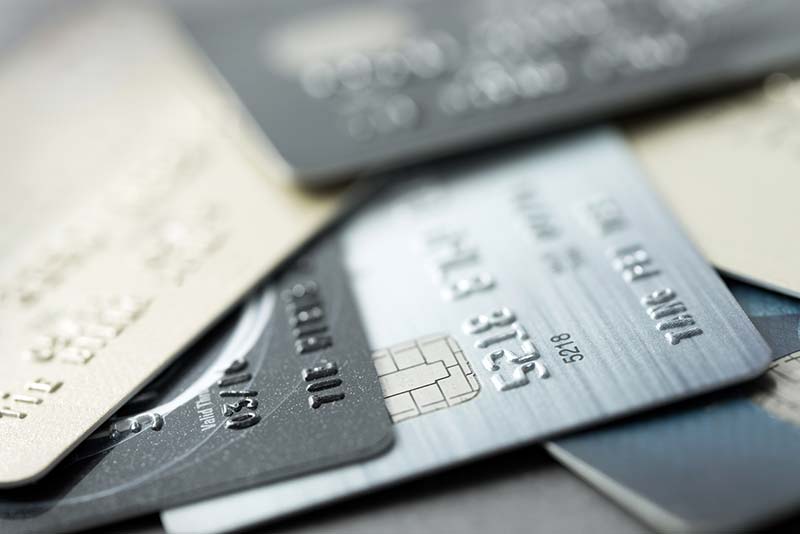09
August 2017
How to Protect Against Credit Card Fraud
These days, if you own a credit card, you always run the risk of being a victim of fraud. There are always new ways for scammers to try and get your details from you, ranging from simple robbery to highly sophisticated scams. We’ve put together this quick guide to help you stay out of harm’s way.
Keep your card safe
It may seem obvious but keeping your credit card safely on your person is the most sure-fire way to prevent fraud. Many instances of fraud are simply the result of the card holder being careless and leaving cards out too long after a transaction. Checking that have your card on you after you leave a restaurant or shop is key. Once you have finished paying for something, put your card away instantly in a secure place such as a wallet or inside pocket.
Importantly, time is of the essence. It can take just a few seconds for someone to get your card details without taking the actual card – it can be all to easy to fall into a false sense of security and not realise you are at risk. Similarly, if you realise your card has been stolen do not wait around before reporting it stolen, the longer you wait the higher the risk
Skimming
Skimming involves someone obtaining your card details and using them to make fraudulent purchases, without them taking the card itself. One way involves a thief using a card-reading device in a crowded area such as a train. All they need to do is hold it near to your wallet in order to obtain card information. This particular scam is more difficult to protect against - simply being aware of suspicious behaviour is the best way to protect yourself, although you can actually buy wallets, which will block the card reader.
Another way was skimming can occur is when you use your card to withdraw money from an ATM. Make sure you check the ATM for a card slot that looks bulky or has obviously been tampered with as these can be used to steal card details.
Destroy your details
One way people have their cards cloned is that they are not careful enough with sensitive details. Simply throwing a document in the bin is not secure enough; it is not uncommon for people to look through rubbish bins in the hope of finding intact details. Shred, or better yet burn, any sensitive documents to prevent fraudsters getting their hands on details.
Do not give out your details
Obviously there are going to be times when you need to give your card details to someone else, for example over the phone if you are paying for something. One of the simplest ways in order to prevent yourself from falling foul of fraud is to only give details on a call you have initiated. If you receive a call from anyone asking for card details, assume it is a scam. Equally, never give your credit card details away in an email.
Phishing
Phishing, like the name suggests, involves a fraudster setting out some kind of bait in order to convince a victim to willingly hand over their details.
Many people fall prey to what can be highly sophisticated phishing scams; these generally work one of two ways. Firstly the fraudster can be pretending to be trustworthy source feigning some kind of emergency and needing to be transferred money. Some very sophisticated scams will monitor when someone goes on holiday and then send an email from that person’s account claiming to be stranded and needing money sent. Make sure you always check with the person in question before transferring any money.
Secondly you can receive emails claiming to be from a company, most likely one you have had dealing with in the past. A lot of the time they will claim that a certain payment has not been completed and that you need to enter credit card details, often threatening some repercussions if you do not as a means to intimidate you into complying.





